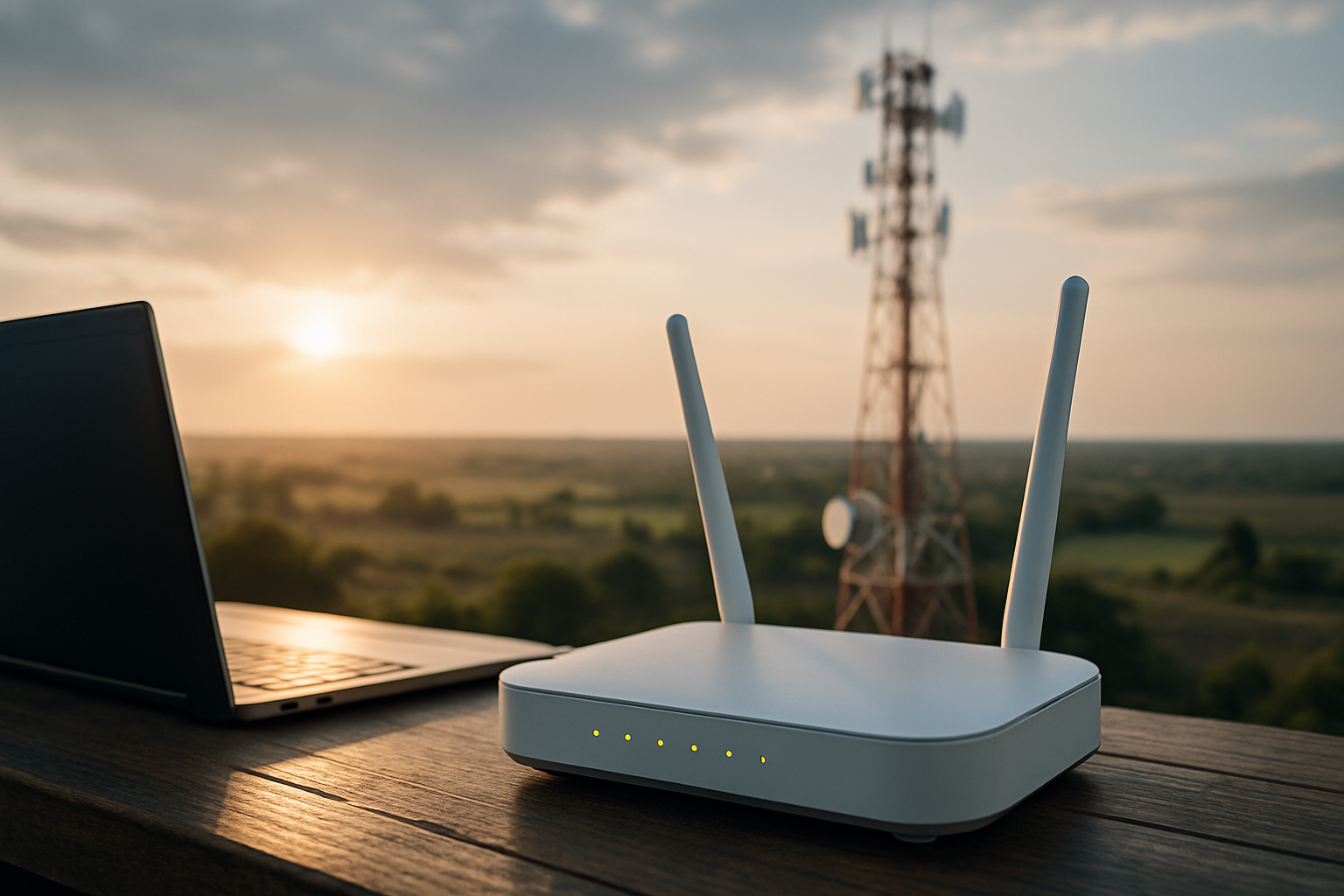Decoding the Potential of Fixed Wireless Access
With the rapid growth of digital connectivity, Fixed Wireless Access (FWA) is emerging as a game-changer in the internet and telecommunications landscape. This article delves into the intricacies of FWA, tracing its evolution, analyzing current trends, and evaluating its impact on network infrastructure.

A Leap into the Past: The Origins of FWA
Fixed Wireless Access is not a new phenomenon. Its roots trace back to the late 20th century when it was largely used to provide last-mile connectivity in areas where it was challenging to lay down physical cables. However, back then, the technology faced numerous hurdles, including limited bandwidth, lack of sophisticated equipment, and high latency issues. Over time, with the progression of wireless technologies, FWA has evolved, overcoming many of these challenges, and is now poised to redefine the future of connectivity.
Current Industry Trends: FWA in Today’s Digital Landscape
In recent years, the FWA market has seen significant growth driven by advances in wireless technologies and increasing demand for high-speed internet. The technology’s ability to provide high-speed connectivity without the need for physical cables makes it a cost-effective solution for areas where laying cables is problematic. Additionally, the emergence of new technologies such as Millimeter-wave (mmWave) has further boosted the potential of FWA, enabling it to provide gigabit-speed connectivity.
Impact and Challenges: The Double-Edged Sword of FWA
FWA is transforming the way we perceive internet connectivity. Its ability to deliver high-speed internet wirelessly makes it a viable solution for a range of applications, from providing internet in remote locations to supporting smart city initiatives. However, like any other technology, FWA is not without its challenges. Its performance can be affected by physical obstacles and weather conditions, and ensuring widespread coverage can be a complex task.
Practical Applications: FWA in Action
In practical terms, FWA has multiple applications. It is increasingly being used to provide high-speed internet in rural and remote areas where laying cables is not feasible. Moreover, businesses are leveraging FWA to establish reliable and fast internet connections, thereby enhancing their operational efficiency. For example, in the healthcare sector, FWA is being used to enable telemedicine services, thus providing patients with remote access to healthcare services.
Looking Ahead: Future Trajectory of FWA
The future of FWA looks promising. With ongoing advancements in wireless technologies and growing demand for reliable, high-speed internet, FWA is expected to play a pivotal role in shaping the future of digital connectivity. However, for this potential to be fully realized, industry stakeholders must address the existing challenges and work towards making the technology more robust and accessible.
In conclusion, Fixed Wireless Access is redefining the digital landscape, offering a new paradigm of connectivity. As we move forward, it will be fascinating to see how this technology evolves and impacts our digital future. Despite the challenges, the potential of FWA is immense, and it holds the key to unlocking a new era of digital connectivity.





